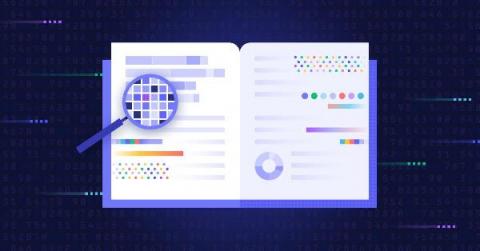Can you achieve self-service analytics amid low data literacy?
Customers wanting to drive self-service analytics as part of creating a data-driven organization will often ask, “Can we achieve self service analytics, when our work force has low data literacy?” Or they might say they are not ready for self-service analytics, incorrectly thinking they need first to improve data literacy. But the two are inextricably linked. I liken it to teaching a child to read without giving them any books on which to build their skills.









